Beijing Temple Fairs - A Spring Festival Cultural Feast
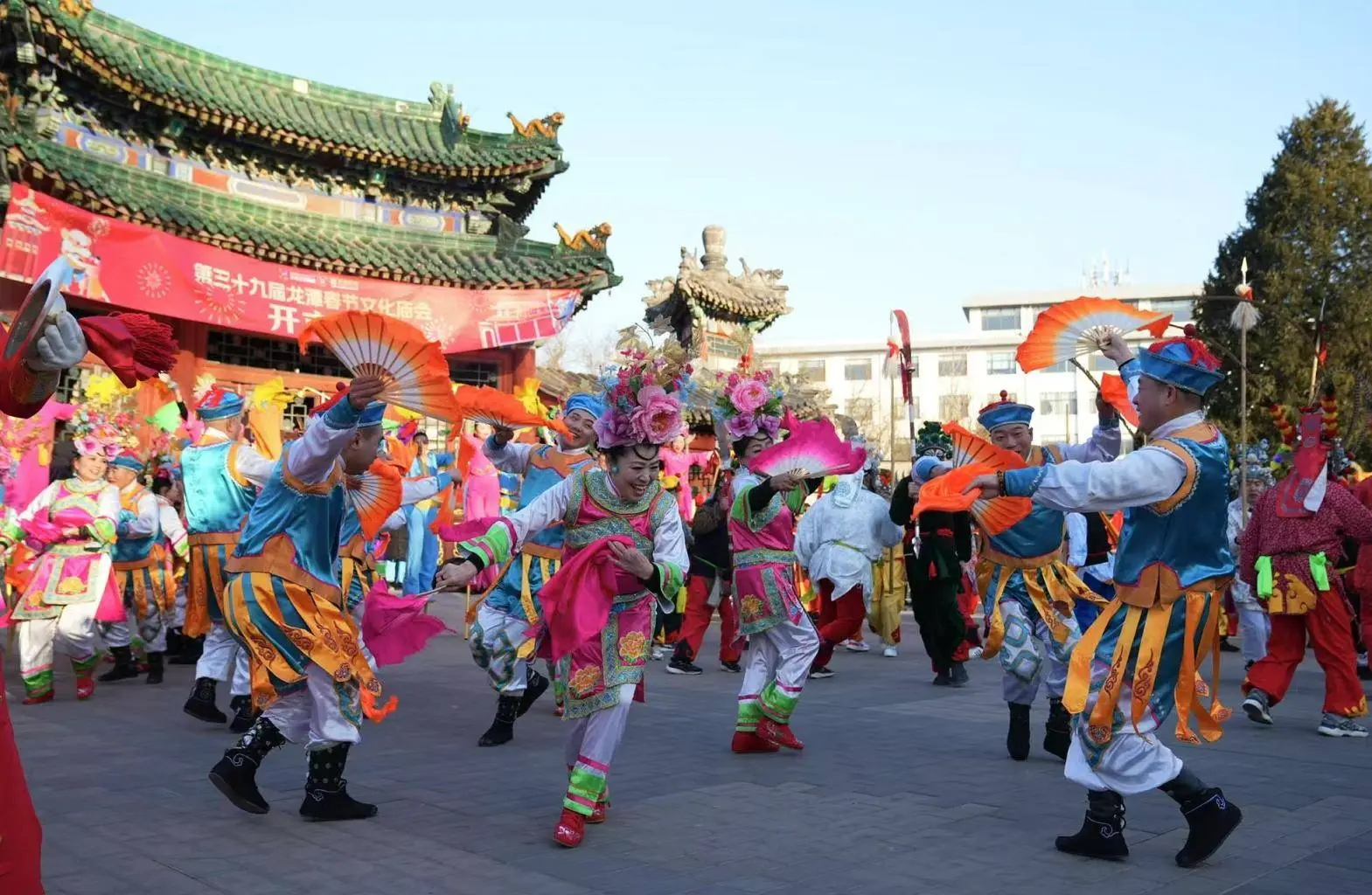
A lively festival scene at Beijing Temple Fair, featuring various traditional folk performances and specialty snacks
Introduction to Beijing Temple Fairs
Beijing Temple Fairs are among the most representative traditional folk activities in northern China, especially during the Spring Festival period. As an important part of Beijing's Spring Festival culture, temple fairs integrate religious rituals, folk art, traditional snacks, and commercial exchanges, becoming a significant window showcasing old Beijing's customs.
The history of Beijing Temple Fairs can be traced back to the Ming and Qing dynasties. Initially, they were gatherings related to religious activities, but gradually developed into folk festivals combining entertainment, shopping, and dining. Today, during the Spring Festival each year, Beijing's major temple fairs attract millions of visitors, becoming must-visit places to experience traditional Chinese New Year customs.
"New Year temple fairs are crowded with people, with joyful music filling the air."
—— A poem depicting the lively atmosphere of Beijing Spring Festival temple fairs
Main Features of Beijing Temple Fairs
Beijing Temple Fairs are renowned for their rich Beijing cultural characteristics, mainly reflected in the following aspects:
Cultural Features
- Strong Beijing Flavor: Focuses on displaying traditional folk culture of old Beijing
- Diverse Integration: Organic combination of religion, folk customs, art, and commerce
- Seasonal Nature: Spring Festival temple fairs are the grandest and most influential
- Good Heritage: Many traditional skills and performance forms are inherited here
Introduction to Major Temple Fairs
During the Spring Festival in Beijing, there are several famous temple fairs, each with its unique style and characteristics:
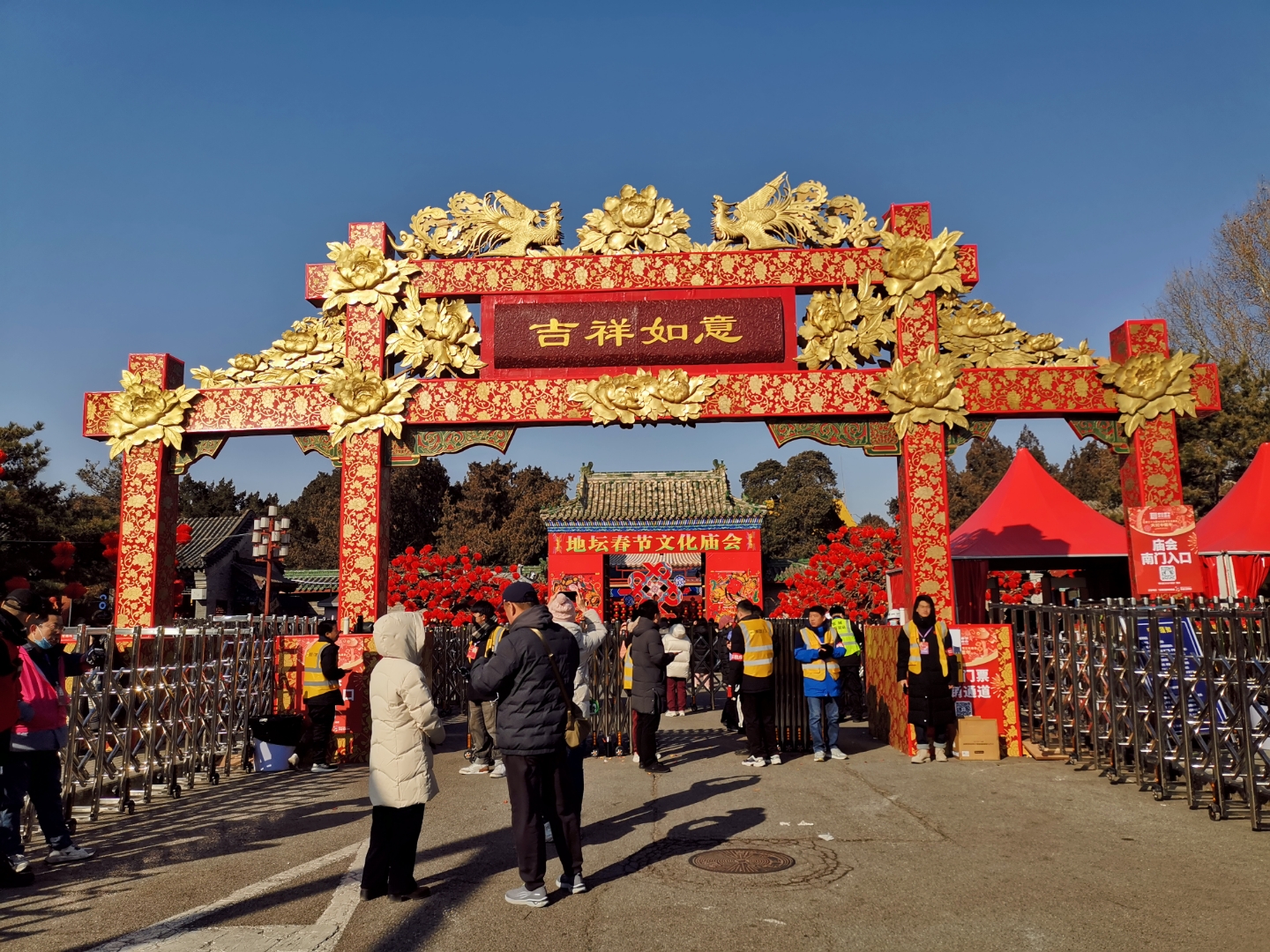
Ditan Temple Fair
Founded in 1985, featuring imperial sacrificial culture with Qing Dynasty-style earth-worshiping ceremony performances
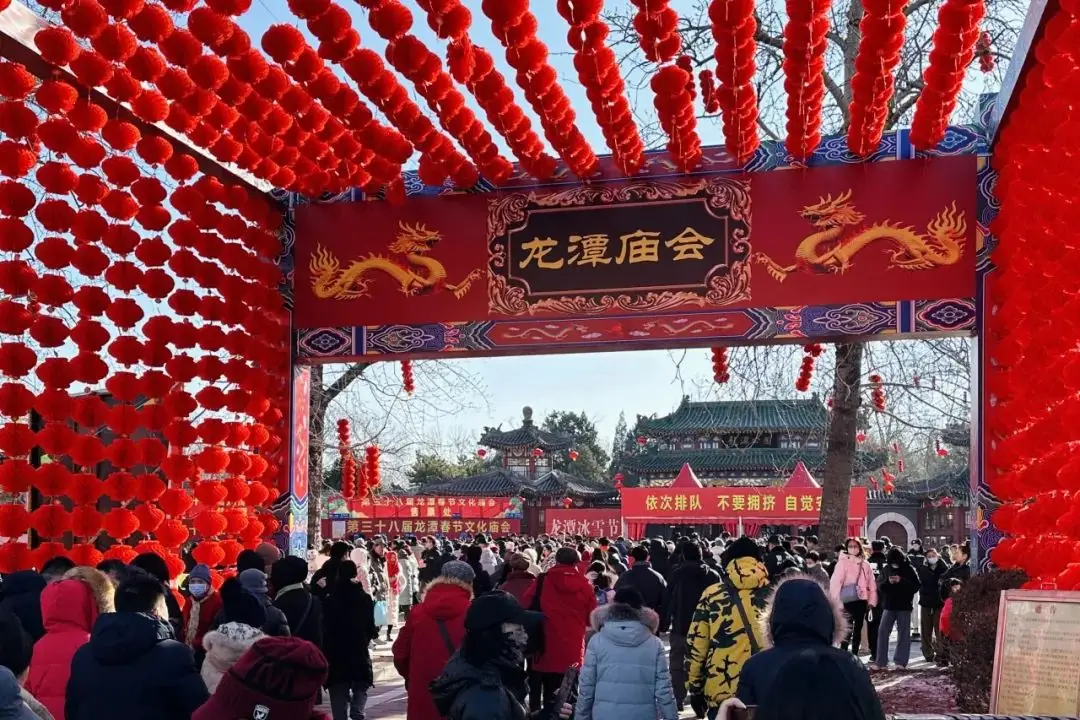
Longtan Lake Temple Fair
Characterized by sports culture, featuring various folk flower fairs and sports competitions
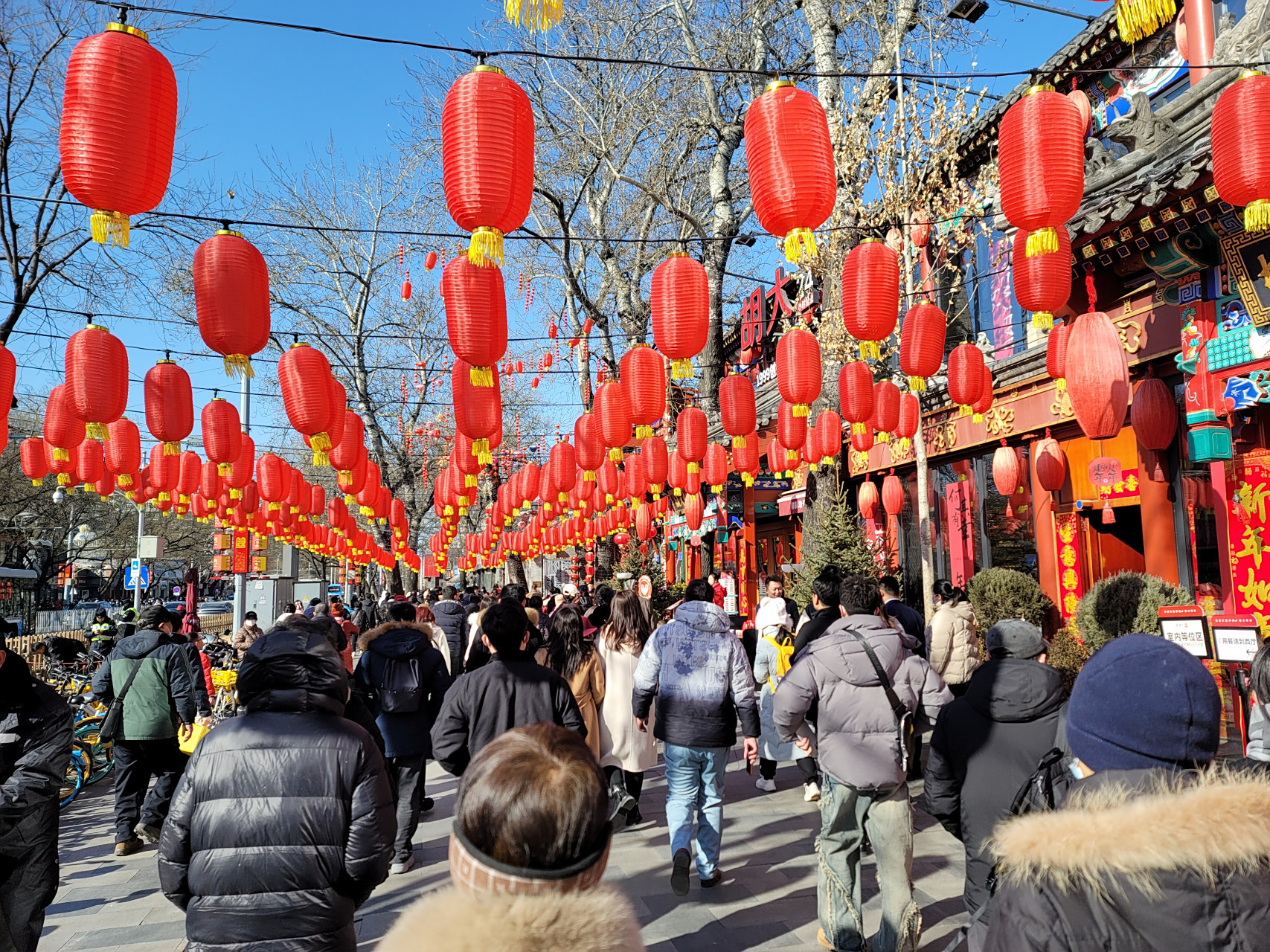
Yonghe Temple Fair
With Buddhist cultural background, it has a strong incense atmosphere and hosts religious activities such as prayer ceremonies
In addition, there are also Baiyun Guan Temple Fair (featuring Taoist culture), Changdian Temple Fair (featuring cultural relics and calligraphy), and Grand View Garden Temple Fair (featuring Dream of the Red Chamber culture), each with its own advantages, together forming Beijing's rich and diverse temple fair culture.
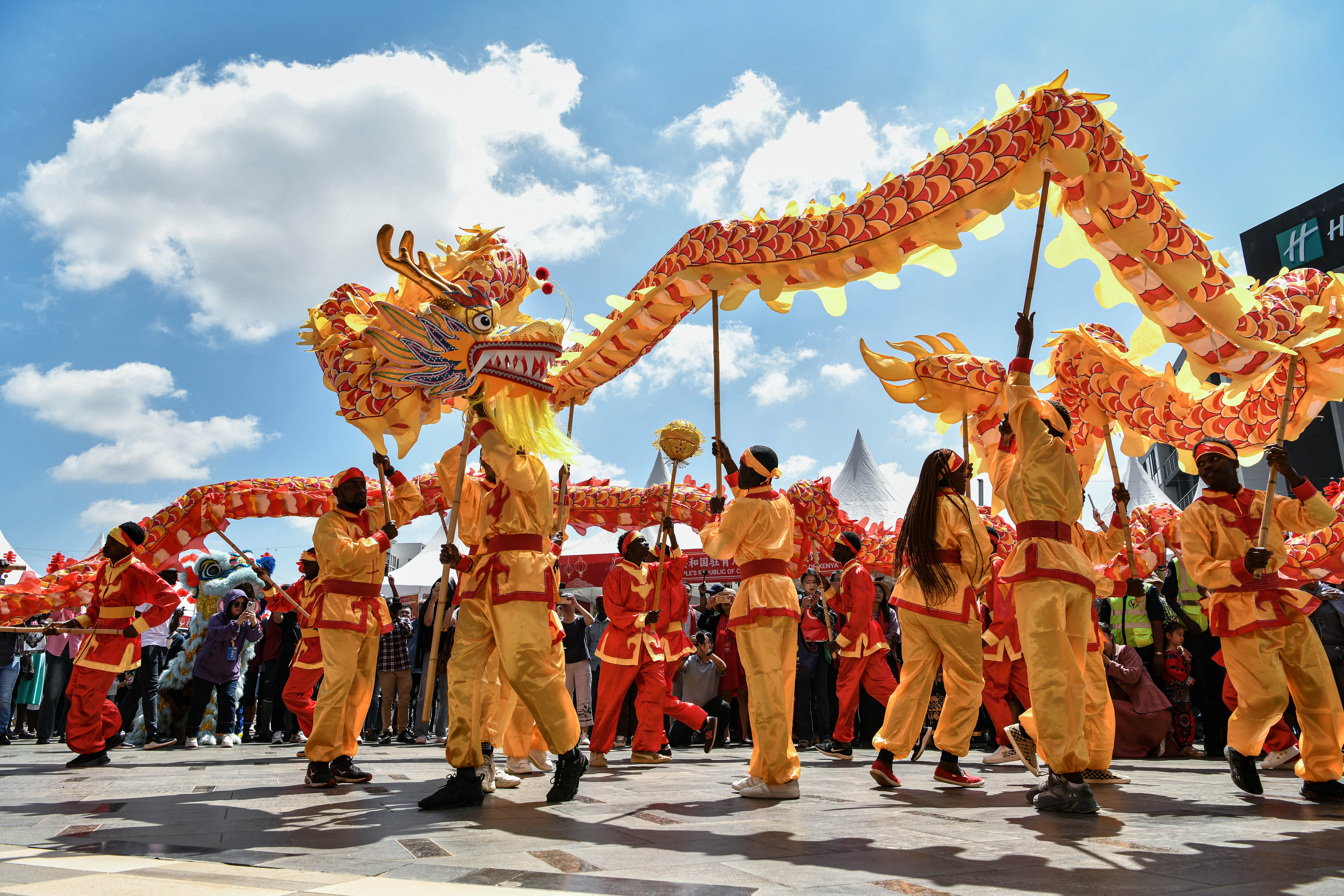
Dragon dance performance at Beijing Temple Fair, a traditional program loved by the masses during Spring Festival
Cultural Significance and Value of Temple Fairs
Beijing Temple Fairs are not only festive activities but also carry profound cultural connotations and important social values:
- Cultural Heritage: An important platform for inheriting and displaying Beijing folk culture
- Community Cohesion: Enhances residents' cultural identity and community belonging
- Festive Atmosphere: Creates a strong Spring Festival atmosphere and continues traditional New Year customs
- Economic Driving Force: Promotes the development of related industries and creates employment opportunities
- Tourism Value: Attracts domestic and foreign tourists, enhancing Beijing's cultural influence
- Educational Significance: Helps young people understand and experience traditional culture, enhancing cultural confidence
Modern Development of Beijing Temple Fairs
With the development of the times, while preserving traditional characteristics, Beijing Temple Fairs are also constantly innovating and presenting a new look:
In terms of content, on the basis of preserving traditional programs, modern temple fairs have added more interactive experience projects and modern entertainment elements, such as intangible cultural heritage exhibitions, digital interactions, cultural and creative products, etc., attracting more young people to participate. In terms of form, in addition to traditional on-site temple fairs, "online temple fairs" have also emerged, displaying temple fair culture through online platforms and expanding their influence.
At the same time, the organization and management of temple fairs have become more standardized, focusing on safety guarantees, environmental protection, and service quality, enabling this ancient folk activity to better adapt to the needs of modern society and radiate new vitality.
Practical Guide for Visiting Beijing Temple Fairs
For tourists planning to visit Beijing Temple Fairs, the following suggestions can help you get a better experience:
- The best visiting time is from the 1st to the 5th day of the first lunar month, when activities are most abundant, but there are also the most tourists. It is recommended to travel during off-peak hours.
- Learn about the characteristics of each temple fair in advance and choose 1-2 to visit based on your interests to avoid having a poor experience from trying to visit too many.
- For transportation, it is recommended to take public transportation and avoid driving. There are temporary special buses around some temple fairs.
- When tasting snacks, choose regular stalls and pay attention to food hygiene; you can bargain appropriately when purchasing souvenirs.
- Keep warm. Beijing weather is cold during Spring Festival, and most temple fairs are held outdoors. You need to wear enough cold-proof clothing.